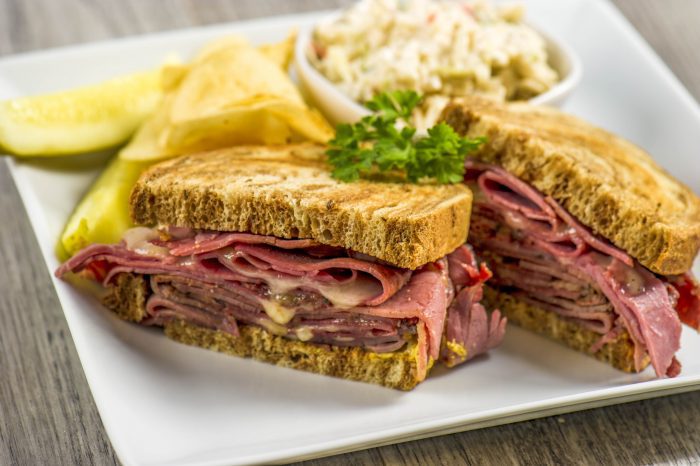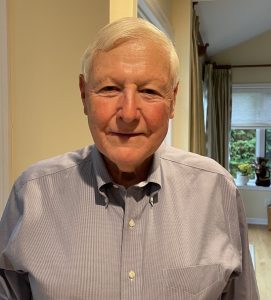
By Michael Ardolino
In last month’s column, I wrote about how the real estate market experiences its ups and downs. A few current trends are an example of how true that is.
Mortgage rates
While mortgage rates dropped half a percent the week ending July 7, they shifted slightly back up the following week to 5.51% for a 30-year fixed mortgage.
Keep in mind that the rates we have been seeing are still historically low, even with experts forecasting that the Federal Reserve will boost rates by ¾ of a percentage point at its next meeting.
Some financial experts believe we are headed toward a recession, and you may wonder what happens to interest rates in that scenario. Due to fewer people taking out loans, banks may offer interest rate programs to incentivize people. Currently, interest rates are still very low and can be locked in.
Inventory trend
After an extended seller’s market, there still isn’t enough inventory to keep up with the demand. Keep an eye on mortgage rates, though. Some may decide not to buy or sell, thinking they’ll get a better deal by waiting. This may not be the best decision for buyers or sellers and may also lead to an inventory increase.
Experts are now forecasting that the increase will be more than 9% by the end of 2022, which means more competition. This increase will not occur instantaneously; it will take some time. Get that For Sale sign up before your neighbor does.
Foreclosures may play a factor in inventory increases, too. The COVID-19 Eviction and Foreclosures Act of 2020 enacted a moratorium until Jan.15, 2022.
While experts are seeing a steady climb in foreclosures throughout the country, the ATTOM U.S. Foreclosure Market Report shows New York’s foreclosures are 13.3% less than the same period in 2020. It’s a trend to keep an eye on as the more houses foreclosed on, the more properties are available to buyers.
Another factor is the federal act helped slow down foreclosures during a time when homes were appreciating. For some who were about to default on their mortgages before the moratorium, they can now sell their homes for more money and pay off what they owed.
To touch on appreciation, according to a One Key MLS report, median sales prices in Suffolk County showed a nearly 11% increase from June 2021 to June 2022.
Here’s more good news for Suffolk County. In the last few months, the majority of homes were still selling in less than a month and about 23% quicker than they did last year during the same period.
Pricing
It’s all about pricing. When talking to a real estate professional, they should discuss current market factors, as well as details of your home, and help you price it accordingly. Also, proper pricing will enable you to sell your home to your timing and pricing expectations.
Takeaway
There are many moving pieces regarding how well a person will do when selling or buying a home. Considering buying your first home, downsizing, moving into a bigger place or to another state before the end of the year, now is the time to discuss your plans with a real estate professional. So … let’s talk.
Michael Ardolino is the Founder/Owner-Broker of Realty Connect USA.




















